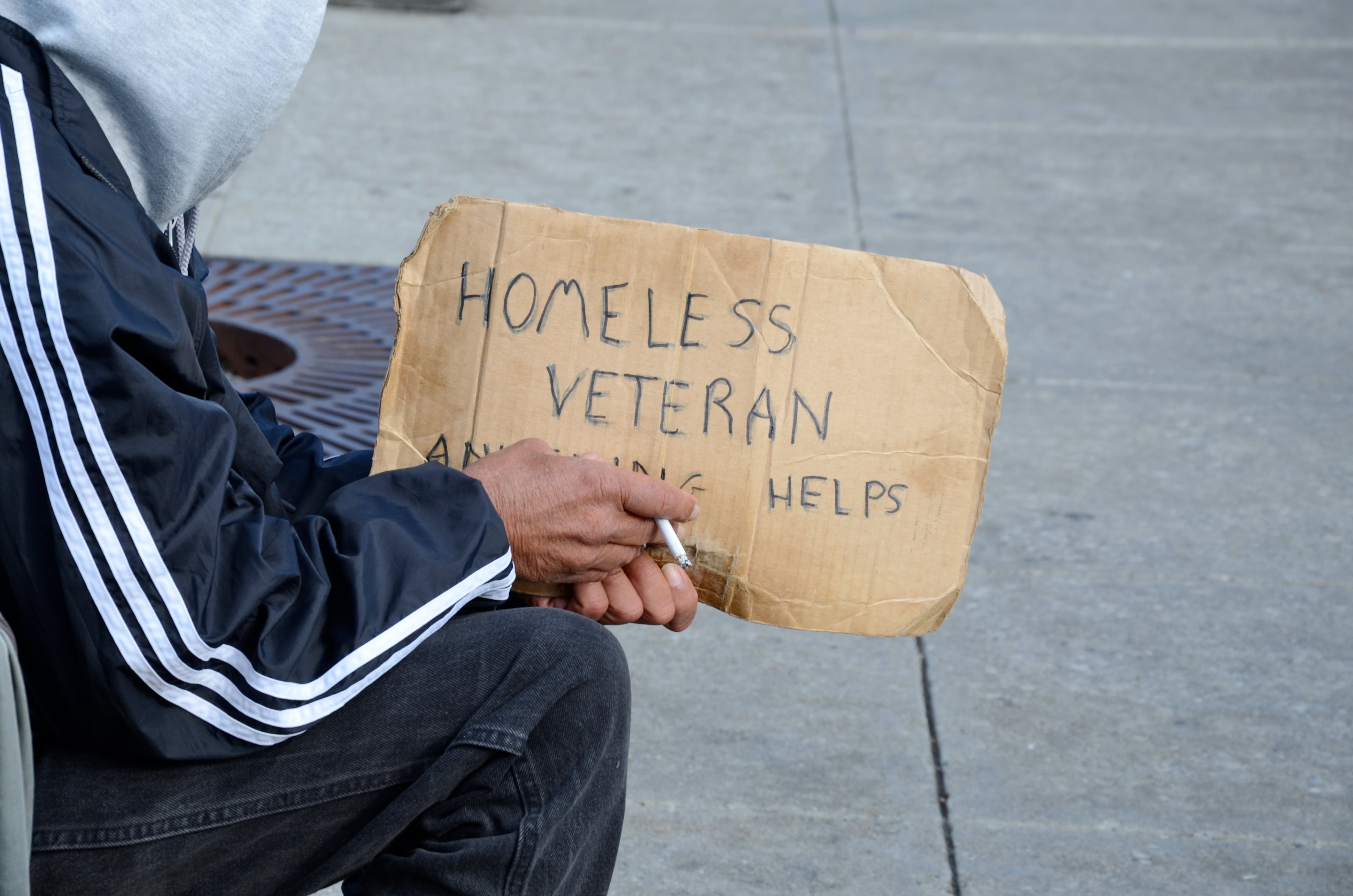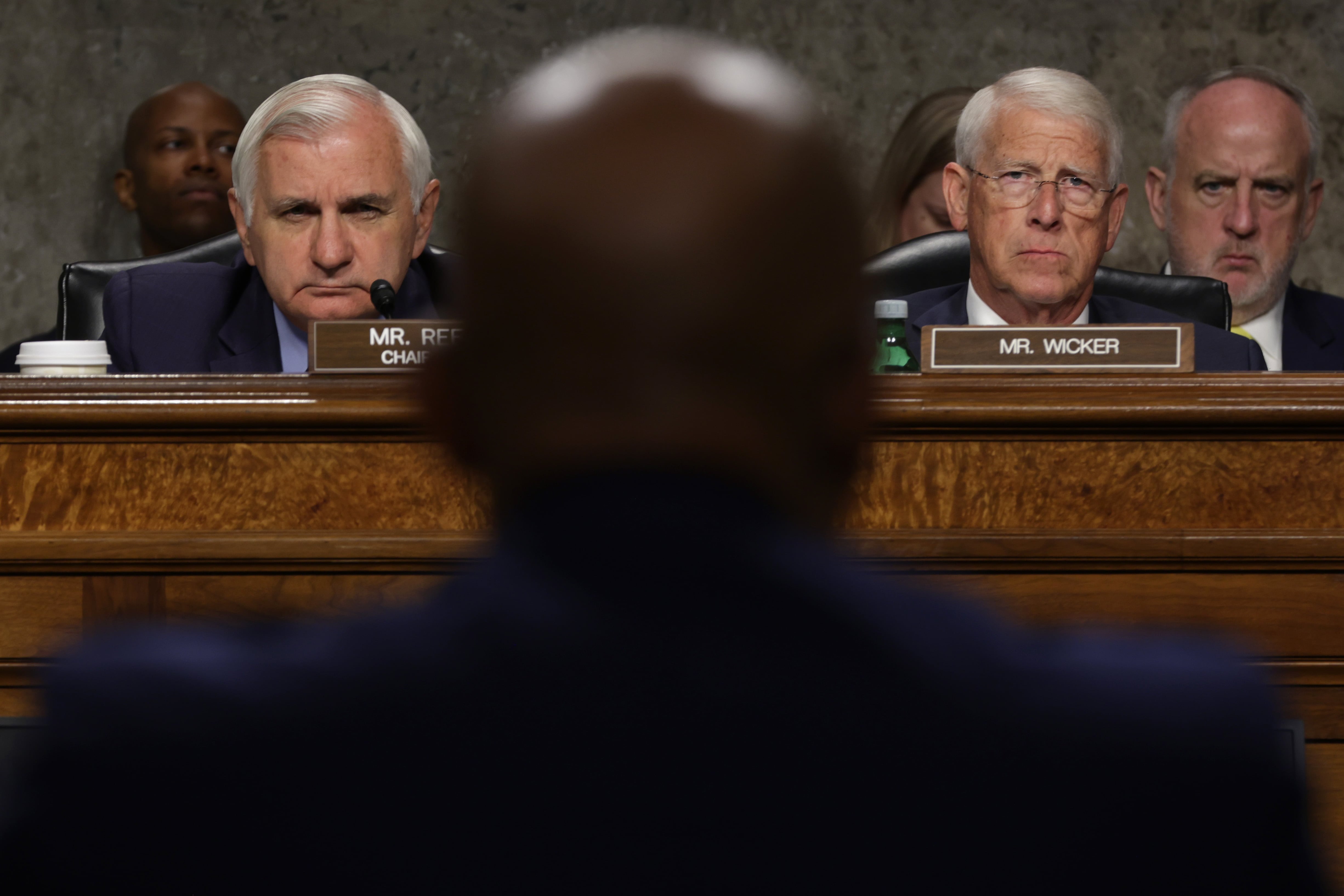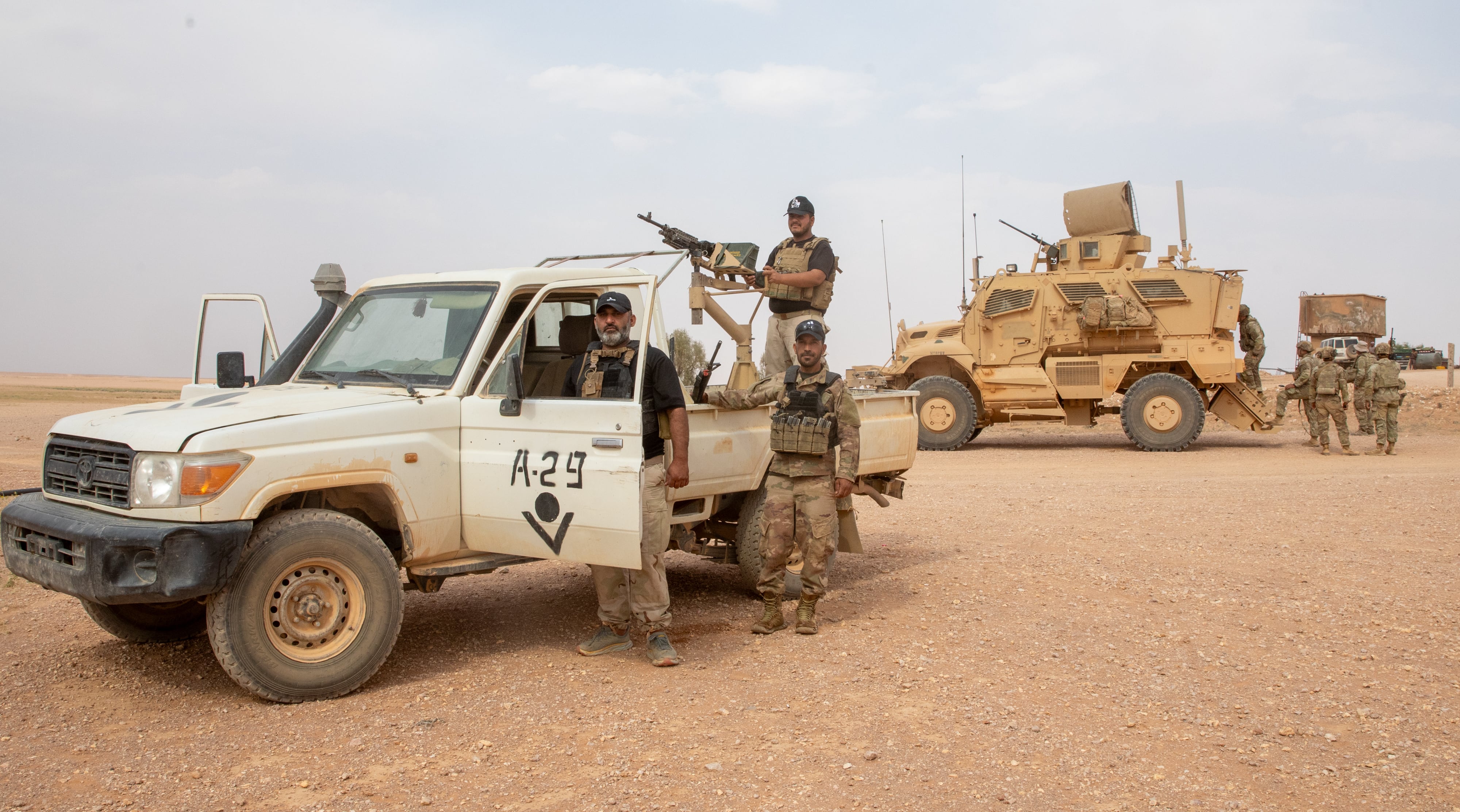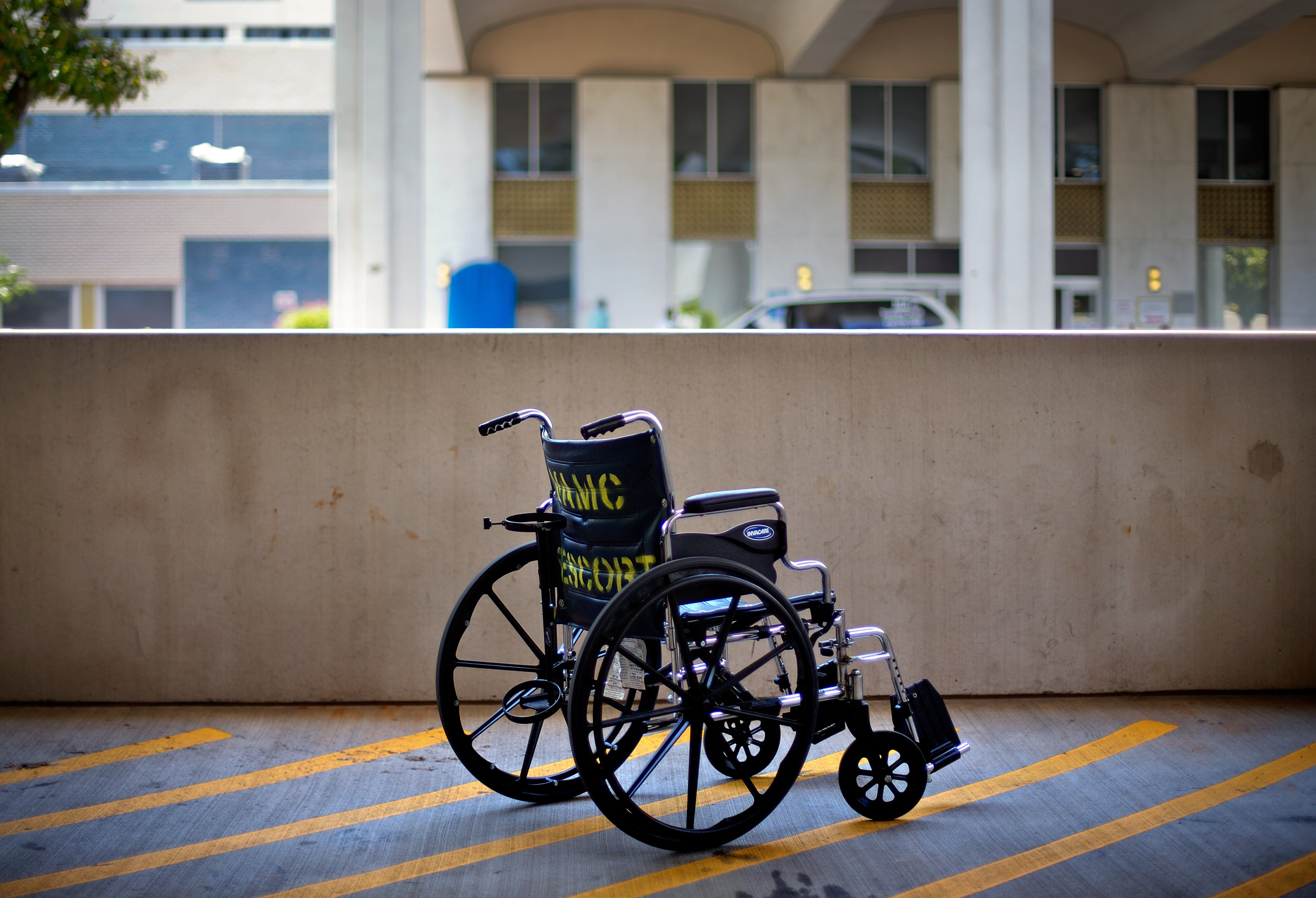source GAIA package: Sx_MilitaryTimes_M6200910903010324_5675.zip Origin key: Sx_MilitaryTimes_M6200910903010324 imported at Fri Jan 8 18:18:02 2016
When Staff Sgt. Matthew S. Kinney's boots touched the ground in Afghanistan's rugged Korengal Valley, he knew that six wounded soldiers were waiting for him.
Over the next 45 minutes to an hour, Kinney's actions under fire to evacuate what eventually became eight wounded men would earn him a Silver Star, the nation's third highest award for valor.
Kinney, 30, had already served twice in Iraq when he deployed for his first tour in Afghanistan with the 101st Combat Aviation Brigade, of Fort Campbell, Ky.
By the time he came home in January after 12 months in Afghanistan, Kinney had earned a Silver Star, a Distinguished Flying Cross from a separate engagement, and responded to the aftermath of the July 2008 battle in Wanat, Afghanistan, a bloody clash that claimed the lives of nine soldiers from the 173rd Airborne Brigade Combat Team.
"In my mind, I've done a lot of stuff throughout my Army career, and I don't feel like I should be awarded [the Silver Star]," Kinney told Army Times on Feb. 19 after his award ceremony. "It's like I'm not deserving of the award. I was just doing my job."
On the morning of Oct. 16, 2008, Kinney and the other members of the medical evacuation crew received an urgent call for help from the Korengal Valley, according to the narrative accompanying Kinney's award.
Kinney was a flight medic with 6th Battalion, 101st Aviation Regiment, but at the time was attached to 2nd Squadron, 17th Cavalry Regiment. He and his fellow soldiers loaded into two Black Hawk helicopters and headed into the valley.
"We had four wounded, [but] en route it changed to six," Kinney said. "Everything kind of changed as we got closer in. … We had minimal information on their wounds and exactly what happened."
When the helicopters arrived at the small mountain village, the pilots hovered while both flight medics were lowered to the ground, according to the narrative, and once on the ground, Kinney immediately took charge.
The medics found the wounded soldiers crammed into a small mud and rock building.
"One guy who was outside — just coming down the hoist [from the helicopter], I could tell he was already a hero [killed in action]," Kinney said. Inside the building, "I saw guys in the room, everybody's quiet, nobody's really moving," he said. "There was blood and people everywhere."
At least three of the men, including an Afghan soldier, were gravely wounded, Kinney said. Many of the wounded had suffered multiple shrapnel and gunshot wounds, according to the narrative.
Kinney directed the other flight medic, Staff Sgt. Bradley Robbins, to help him stabilize the most critically wounded patient, and called another soldier to prepare a Skedco litter for the casualty.
When the first patient was ready for evacuation, Kinney began working on a second critical casualty. Robbins prepared to hoist up the first patient.
"Robbins was right outside the door of the tiny rock building we were in when machine-gun fire opened up," Kinney said.
Redirected fire
As the bullets flew, Robbins took cover and Kinney called on the radio for support from the AH-64 Apache helicopters circling overhead. When the Apaches responded to the enemy fire, Kinney and Robbins hoisted the two patients up to one of the hovering Black Hawks. As the patients were being lifted, Kinney discovered the fire was coming from a ridgeline north of his location, opposite where the Apaches were firing. He again contacted the pilots and began redirecting rocket and 30mm gun runs onto the enemy, effectively suppressing the fire, according to the narrative.
By that time, the Black Hawk had taken two direct hits, and the narrative cites Kinney's "instinctive action" for saving the lives of the crew and the two patients already on board.
Those patients and a third who then joined them were cared for in-flight by Robbins and evacuated to the military hospital in Jalalabad, about 20 minutes away by air.
Kinney returned to the building and finished preparing another patient for evacuation. Then he realized that several of the hoist straps required to lift a Skedco into the helicopter were missing. He found a rope and fashioned it into a harness to hoist the patient's Skedco, according to the narrative.
Enemy fire was comingfrom three directions, and Kinney quickly moved his patients to cover as he called for extraction. In the fighting, another soldier was hurt. Kinney treated him and prepared him for evacuation.
Didn't take cover
When the medevac hovered into position, Kinney began loading four patients, a couple of whom could walk on their own. Each time he moved to evacuate his patients, Kinney and the soldiers came under fire. Kinney didn't take cover from the bullets until his patients were off the ground and safely on their way into the helicopter, according to the narrative.
When he connected his makeshift Skedco harness to the hoist's hook to evacuate the final litter casualty, Kinney held on to the line for several minutes to make sure the litter did not spin out of control, even though enemy fire continued to kick up dirt all around him. When the cable was fully retracted, Kinney realized that his harness was too long and that the litter still dangled several feet below the aircraft, according to the narrative.
"He calmly instructed the crew chief to lower the Skedco and instructed the pilots to do a lap in order to limit their exposure to enemy fire while he sat in the open and shortened the ropes," according to the narrative.
"The crew chief … was awesome, getting the guys up and not hesitating in anything," Kinney said. "My pilots are awesome pilots. Because of the teamwork they were able to maneuver the aircraft."
As Kinney worked on the harness, another soldier was wounded by enemy fire. When the Black Hawk returned and the hoist cable was sent back down, Kinney sent that soldier into the aircraft and tried again, this time successfully, to hoist the Skedco onto the bird.
With all five casualties on board, Kinney checked for any other wounded soldiers before he was hoisted onto the aircraft. He also left a Skedco behind so the remaining soldiers could use it to move the remains of the soldier who had been killed.
In the air, Kinney single-handedly treated five critical patients, controlling bleeding, administering pain control, dressing wounds and starting intravenous drips, according to the narrative. The wounds he worked on included partial amputations, femoral bleeding and gunshot and shrapnel wounds.
"On countless occasions, he demonstrated a willingness to lay down his own life for those he is sworn to protect," according to the narrative. "By calling Apache fire onto the location of an enemy heavy machine gun during an ambush, he saved the lives of countless soldiers on the ground, as well as the lives of the entire medevac crew who had assumed a stationary hover over the kill zone."
Teamwork
Kinney credited his fellow soldiers for their actions on that day.
"Everything happened the way it happened because you train that way as a team and we ended up doing it as a team," he said. "When things start going bad you take the plan you have and adjust it so you can keep moving forward, because when you stop or hesitate is the second you lose an aircraft or somebody gets hurt or somebody dies," he said. "I know I have to always keep moving. If something doesn't work you just have to modify it and you can't come up with 'I don't know' or 'I'm stressed' or 'I can't do this.' You have to find a way."
The adrenaline from the incident was difficult to shake, said Kinney, who is waiting for orders to be a flight medic instructor at Fort Rucker, Ala.
When the crew got back to base, they replaced a couple of helicopter blades, fixed the bullet holes and washed the blood out of the back of the aircraft.
"I spent the whole day wishing we didn't get another mission," he said.





